Role of Financial Accounting on Risk Management
VerifiedAdded on 2022/12/06
|6
|923
|160
AI Summary
This article explores the role of financial accounting in risk management. It discusses the relationship between profitability and risk, the impact of debt on capital, the importance of liquidity ratios, and the role of interest coverage ratio. The article also provides references to relevant books and journals.
Contribute Materials
Your contribution can guide someone’s learning journey. Share your
documents today.
1 out of 6
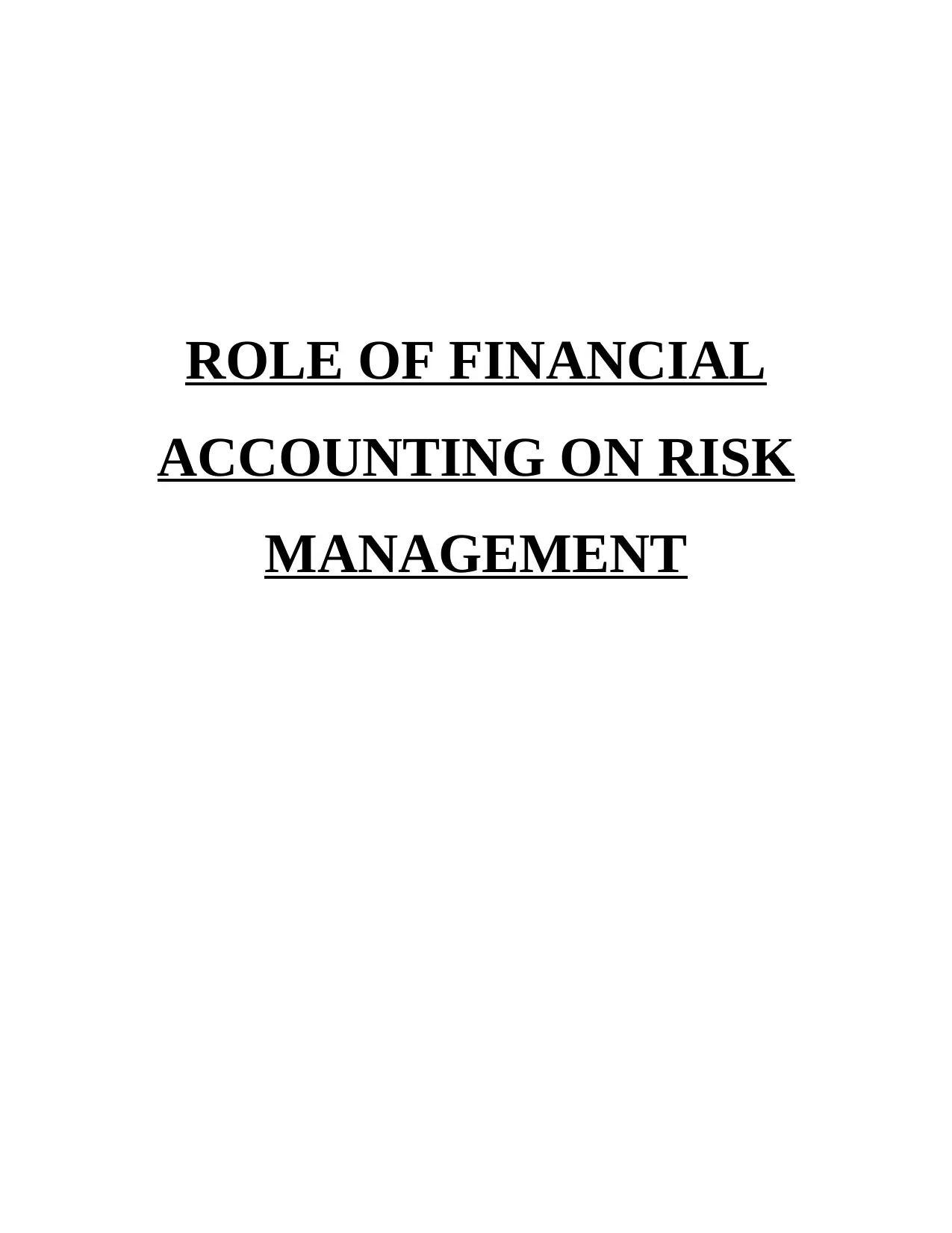
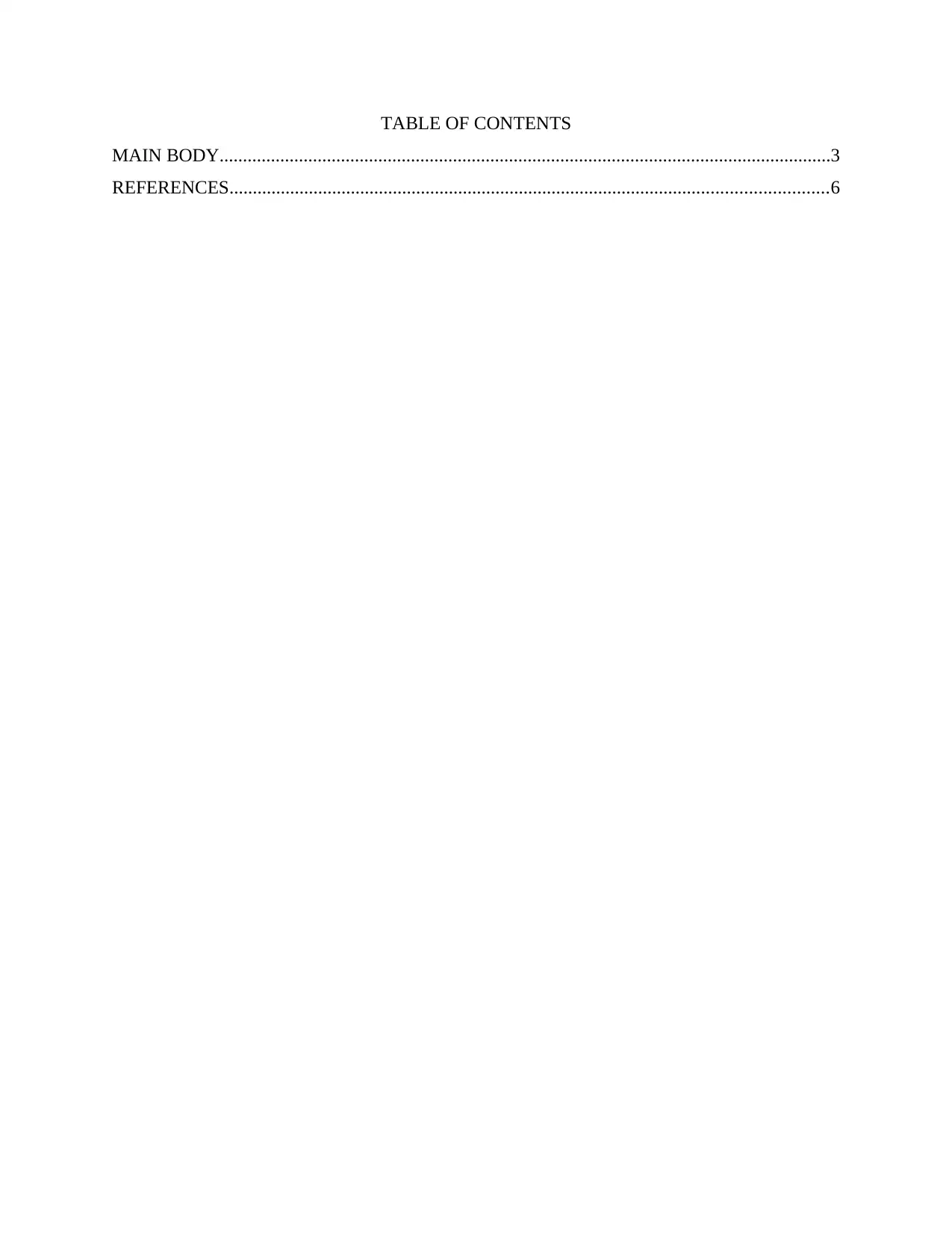
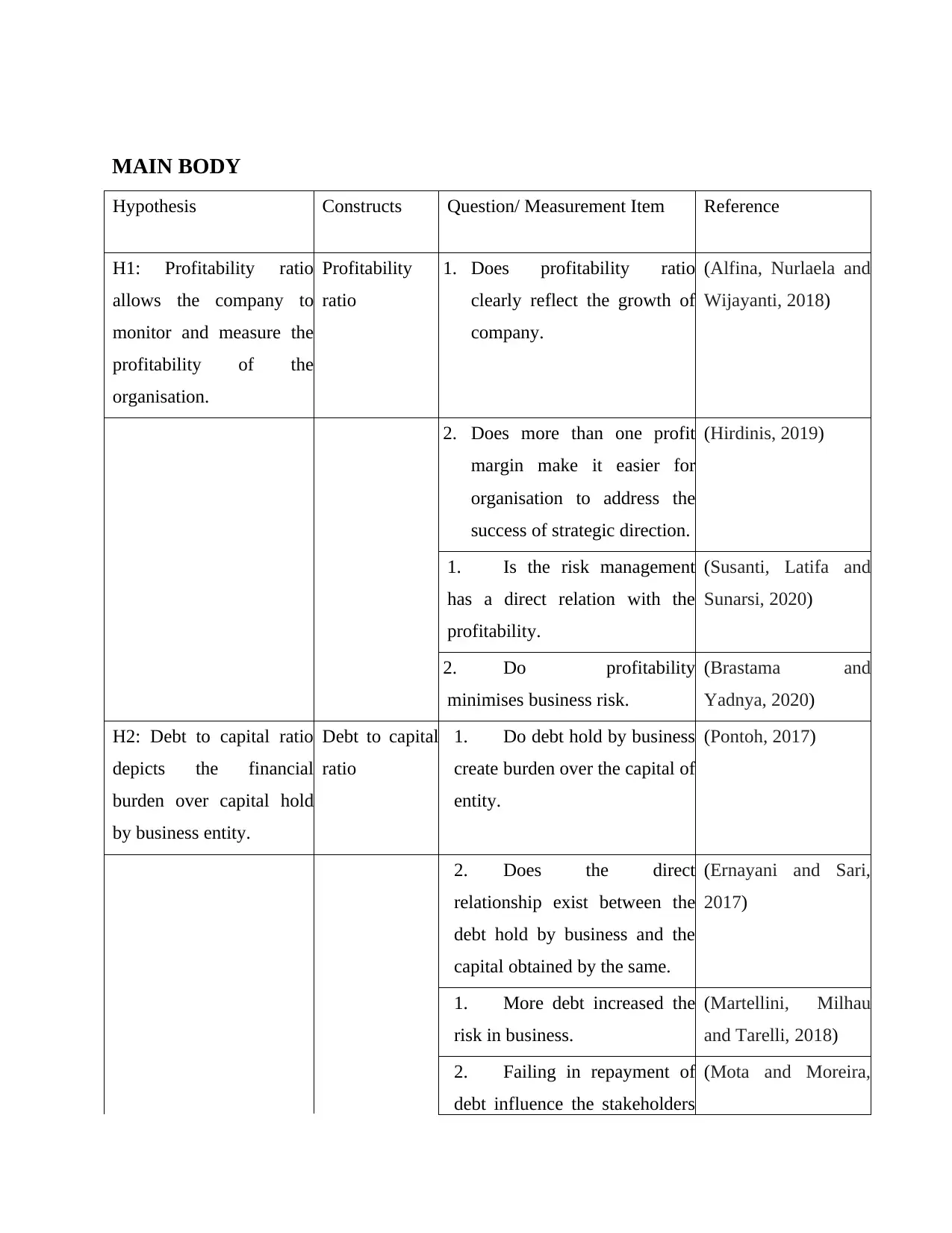
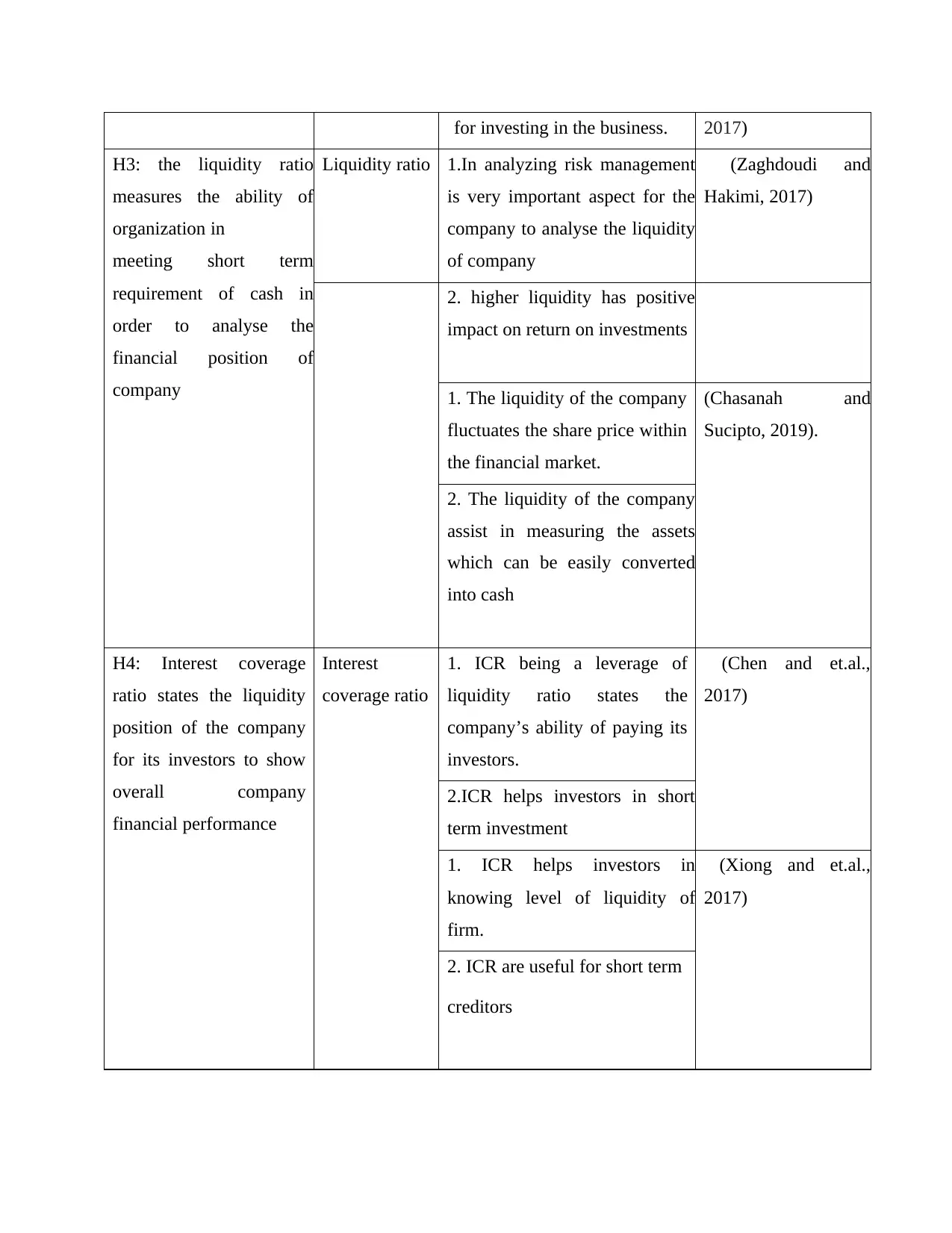

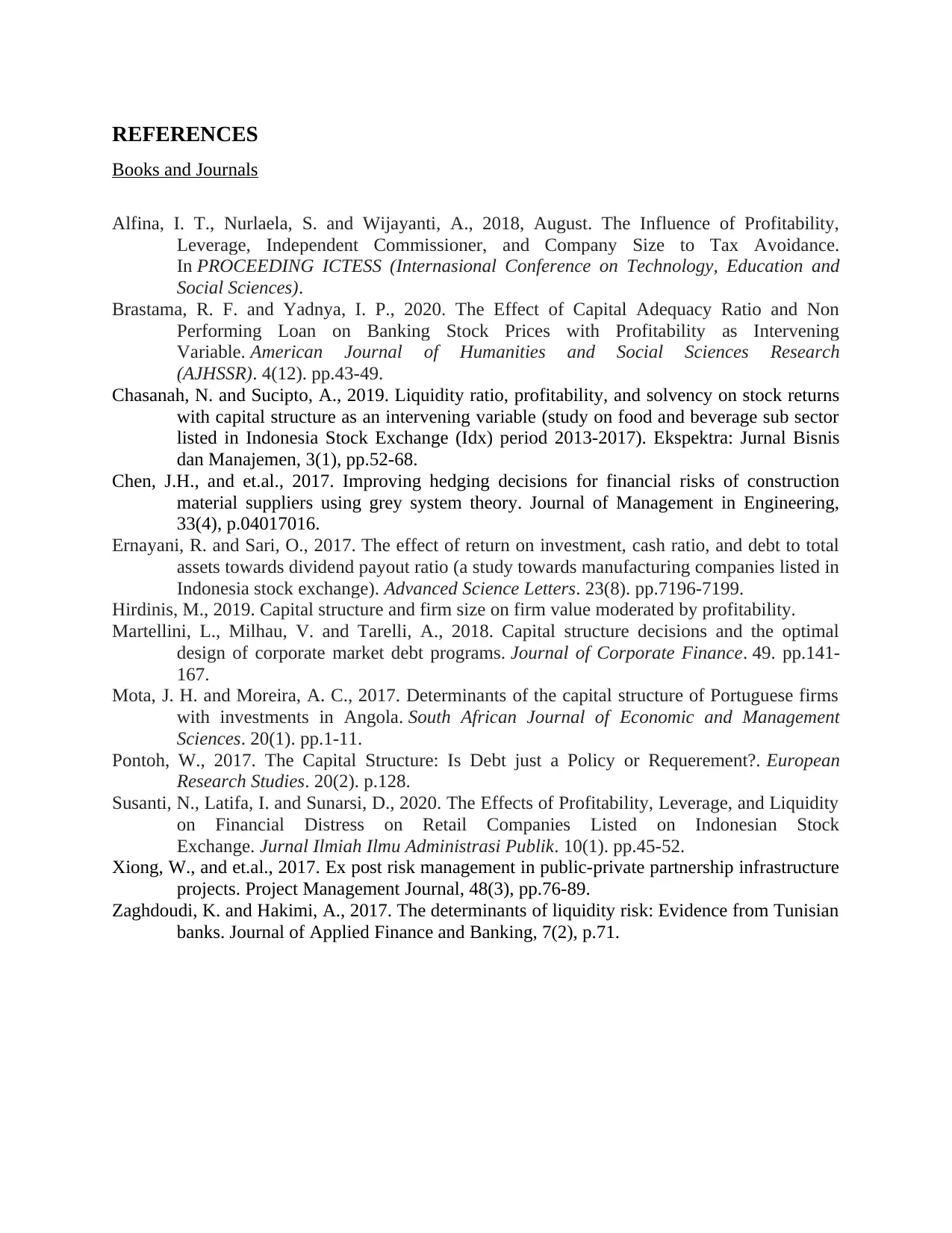






![[object Object]](/_next/static/media/star-bottom.7253800d.svg)